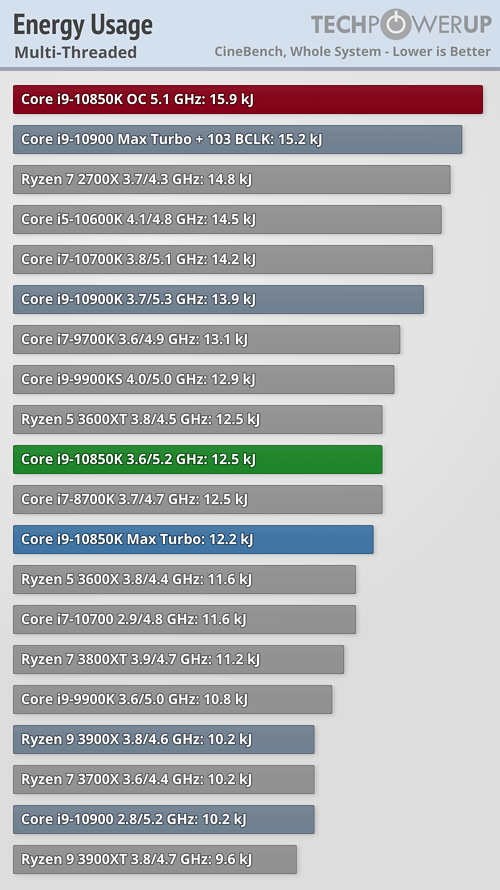It does not consume 340W, it reaches 340W for a whopping 10ms...
for whatever reason intel made it so although there is no conceivable reason for a CPU to hit higher power draws for just 10 milliseconds,that's not enough time for anything other than for benchmarks to pick it up as a max.
My interpretation of "controllable turbo" is that there is enough cooling for the CPU to do this,otherwise it will stick with Pl2 of 250W but that also is only a upper limit that is only sustained if there is enough cooling.
(whenever i say cooling I mean all the things that would influence turbo)
https://www.intel.com/content/www/u...e/10th-gen-core-families-datasheet-vol-1.html





